1rst order from Burlington!
bluegirl_gw
11 years ago
Related Stories

BASEMENTSBasement of the Week: Tall-Order Design for a Lower-Level Lounge
High ceilings and other custom-tailored features in this new-build Wisconsin basement put the tall homeowners in a good headspace
Full Story
DECORATING GUIDESHow to Bring Order to Your Delightfully Eclectic Room
You've picked up your furniture and finds over the years — here's how to tie it all together
Full Story
HOUZZ TOURSMy Houzz: Home Full of Boys Achieves Order and Inspiration
A 3-month overhaul produces an organized and inviting space fit for this Florida family of 9
Full Story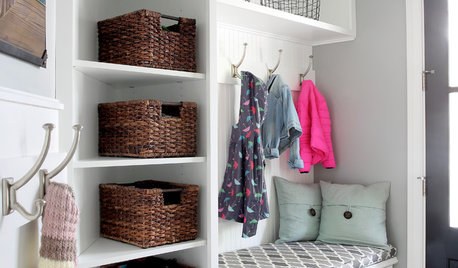
MOST POPULAROrganized From the Start: 8 Smart Systems for Your New House
Establishing order at the outset will help prevent clutter from getting its foot in the door
Full Story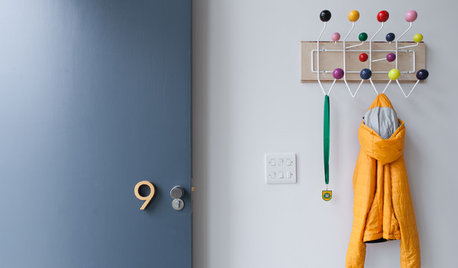
HALLWAYS10 Neat Hallway Tips to Steal From Tidy People
Too laid-back to be truly orderly? Here are some practical ideas for managing a messy entry while embracing the lived-in look
Full Story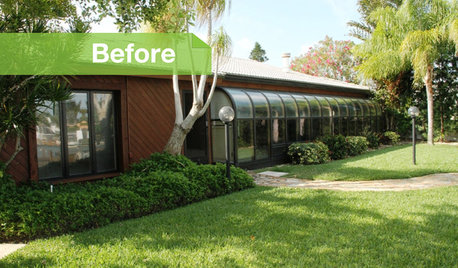
REMODELING GUIDESFollow a Ranch House Renovation From Start to Finish
Renovation Diary, Part 1: Join us on a home project in Florida for lessons for your own remodel — starting with finding the right house
Full Story
HOLIDAYS11 Survival Lessons From Thanksgiving
With 10 people in 1 house for 3 days, you learn fast. Find out the good, the challenging and the just plain kooky
Full Story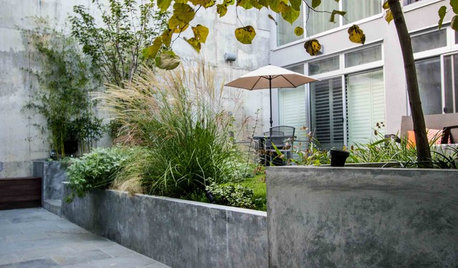
URBAN GARDENSFrom Concrete ‘Jail Yard’ to Lush Escape in Brooklyn
Once stark and uninviting, this urban backyard is now a welcoming retreat for relaxing and entertaining
Full Story
CONTEMPORARY HOMESHouzz Tour: From Anonymous to Outstanding in Georgia
With a striking front porch and a dynamic wood ribbon inside, this Decatur home moves ahead of the curve
Full Story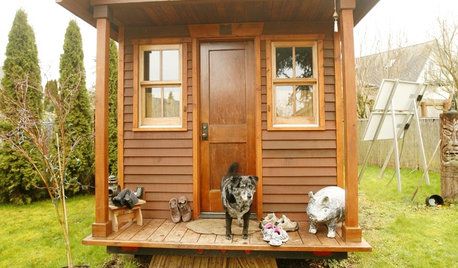
SMALL SPACESLife Lessons From 10 Years of Living in 84 Square Feet
Dee Williams was looking for a richer life. She found it by moving into a very tiny house
Full StoryMore Discussions







jerijen
ingrid_vc so. CA zone 9
Related Professionals
Birmingham Landscape Architects & Landscape Designers · Panama City Landscape Architects & Landscape Designers · East Patchogue Landscape Architects & Landscape Designers · Canton Landscape Contractors · Stamford Landscape Contractors · Eureka Landscape Contractors · Gloucester Landscape Contractors · Hicksville Landscape Contractors · Hilton Head Island Landscape Contractors · Paso Robles Landscape Contractors · The Woodlands Landscape Contractors · Vacaville Landscape Contractors · West Chicago Landscape Contractors · Weymouth Landscape Contractors · Whitehall Landscape Contractorsjerijen
strawchicago z5
bluegirl_gwOriginal Author
floridarosez9 Morgan
kittymoonbeam
strawchicago z5
jerijen
ingrid_vc so. CA zone 9
roseseek
bluegirl_gwOriginal Author
jerijen
strawchicago z5
roseseek
lookin4you2xist
bluegirl_gwOriginal Author
strawchicago z5
bluegirl_gwOriginal Author
strawchicago z5
sandandsun
bluegirl_gwOriginal Author
roseseek
sandandsun
bluegirl_gwOriginal Author
bluegirl_gwOriginal Author
kittymoonbeam
sandandsun
roseseek
bluegirl_gwOriginal Author
kittymoonbeam
TNY78
roseseek
ingrid_vc so. CA zone 9
roseseek
strawchicago z5
ingrid_vc so. CA zone 9